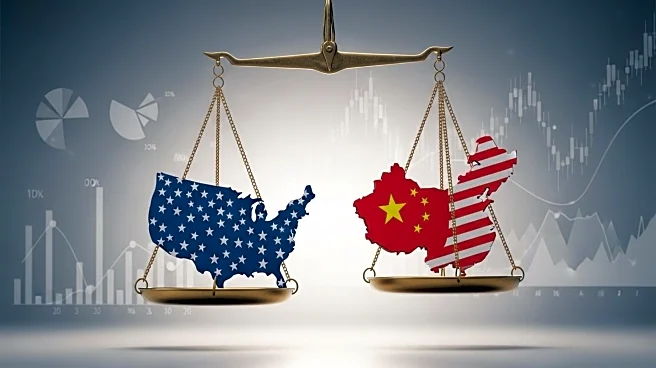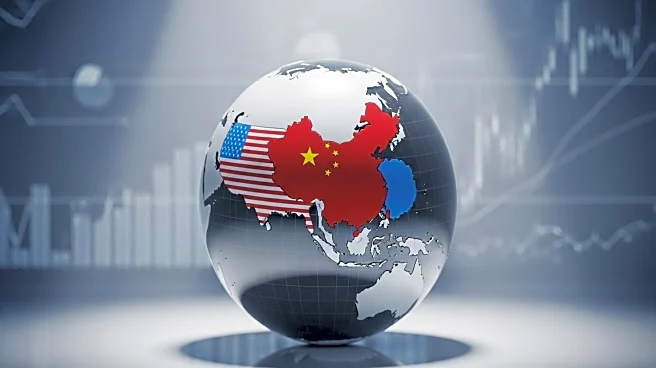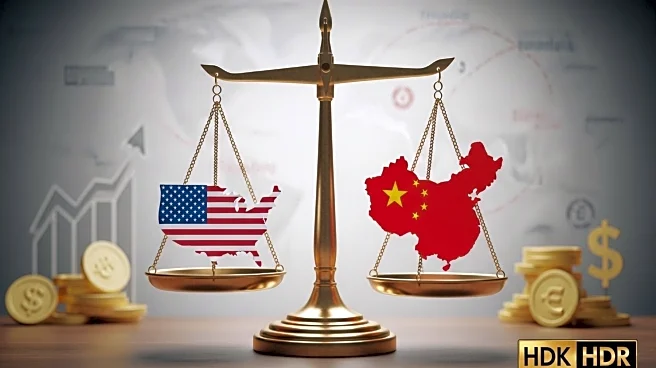What is the story about?
What's Happening?
President Trump has issued a new threat to impose additional tariffs on China, which has led to a decline in Asian markets. This development comes amidst ongoing tensions between the U.S. and China, with trade relations being a significant point of contention. The threat of new tariffs is part of President Trump's broader strategy to address trade imbalances and protect American industries. The announcement has caused uncertainty in financial markets, reflecting concerns over potential disruptions in global trade.
Why It's Important?
The potential imposition of new tariffs by President Trump could have significant implications for global trade and economic stability. Tariffs can lead to increased costs for businesses and consumers, potentially slowing economic growth. The U.S.-China trade relationship is crucial for both countries, and further tariffs could exacerbate existing tensions, impacting industries reliant on international supply chains. Stakeholders in the U.S. and abroad are closely monitoring the situation, as changes in trade policy can affect market dynamics and economic forecasts.
What's Next?
If President Trump proceeds with the new tariffs, it is likely to prompt a response from China, potentially leading to retaliatory measures. This could further strain relations between the two countries and impact negotiations on other bilateral issues. Businesses and investors will need to adapt to potential changes in trade policy, which could affect pricing, supply chains, and market strategies. The situation may also influence political discourse in the U.S., as trade policy remains a contentious topic among lawmakers and the public.
Beyond the Headlines
The threat of new tariffs highlights the ongoing challenges in U.S.-China relations, which have broader implications for international diplomacy and economic cooperation. The situation underscores the complexity of global trade dynamics, where policy decisions can have far-reaching effects on economic stability and geopolitical alliances. As the U.S. navigates its trade strategy, considerations around economic competitiveness, national security, and international partnerships will continue to shape policy decisions.
AI Generated Content
Do you find this article useful?













